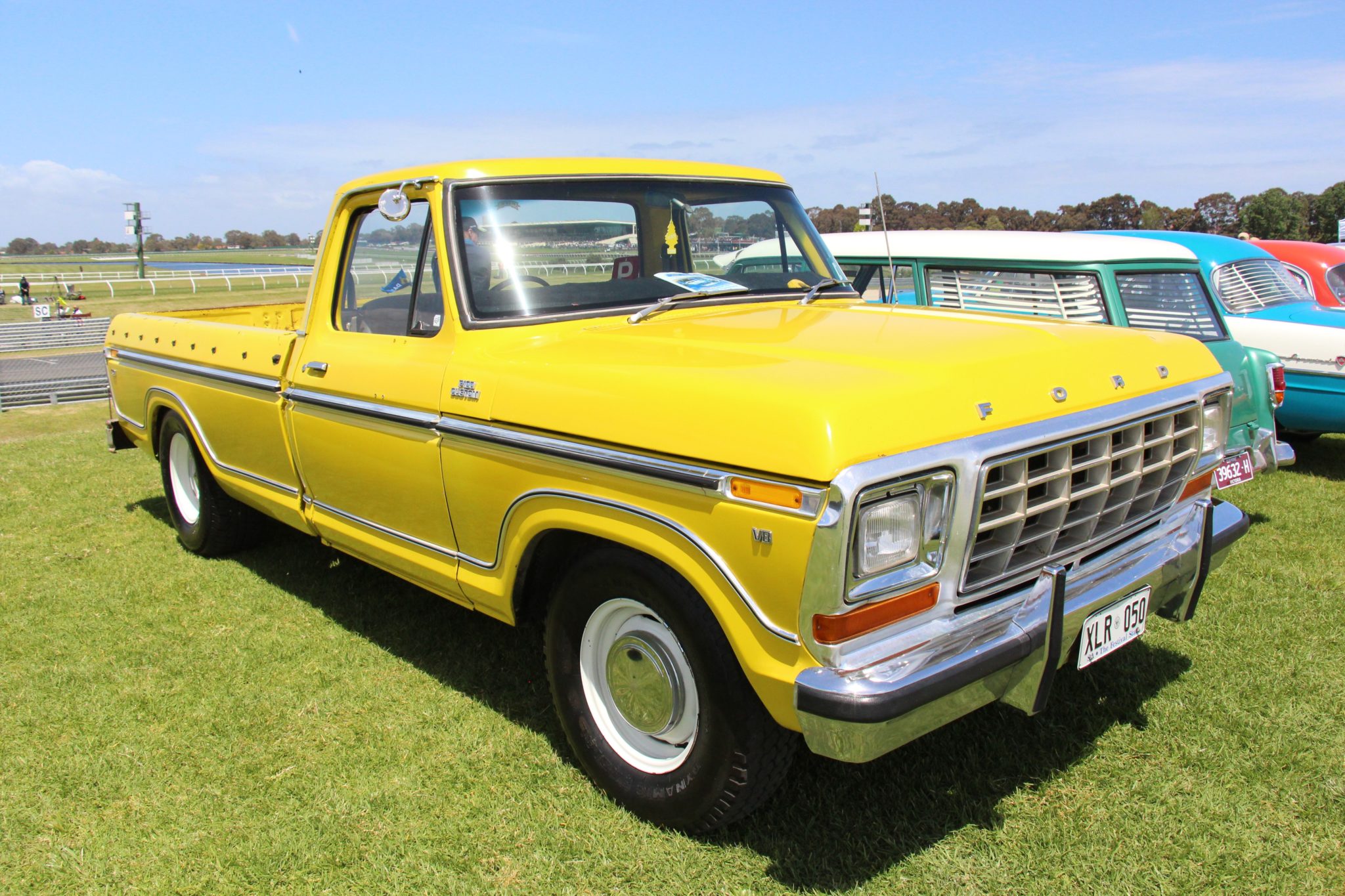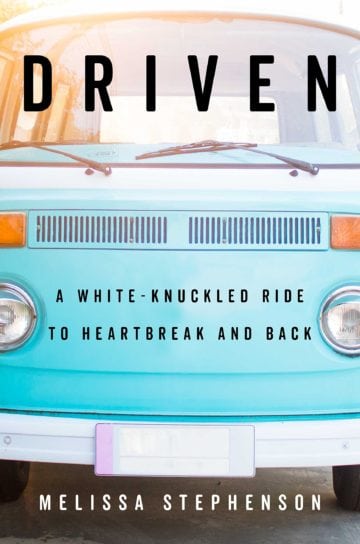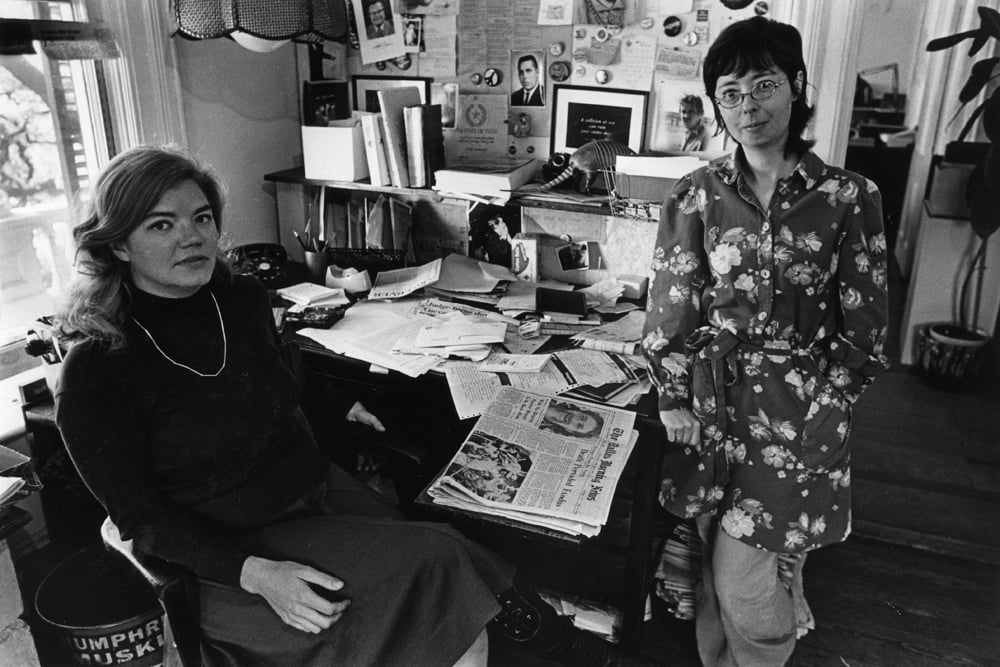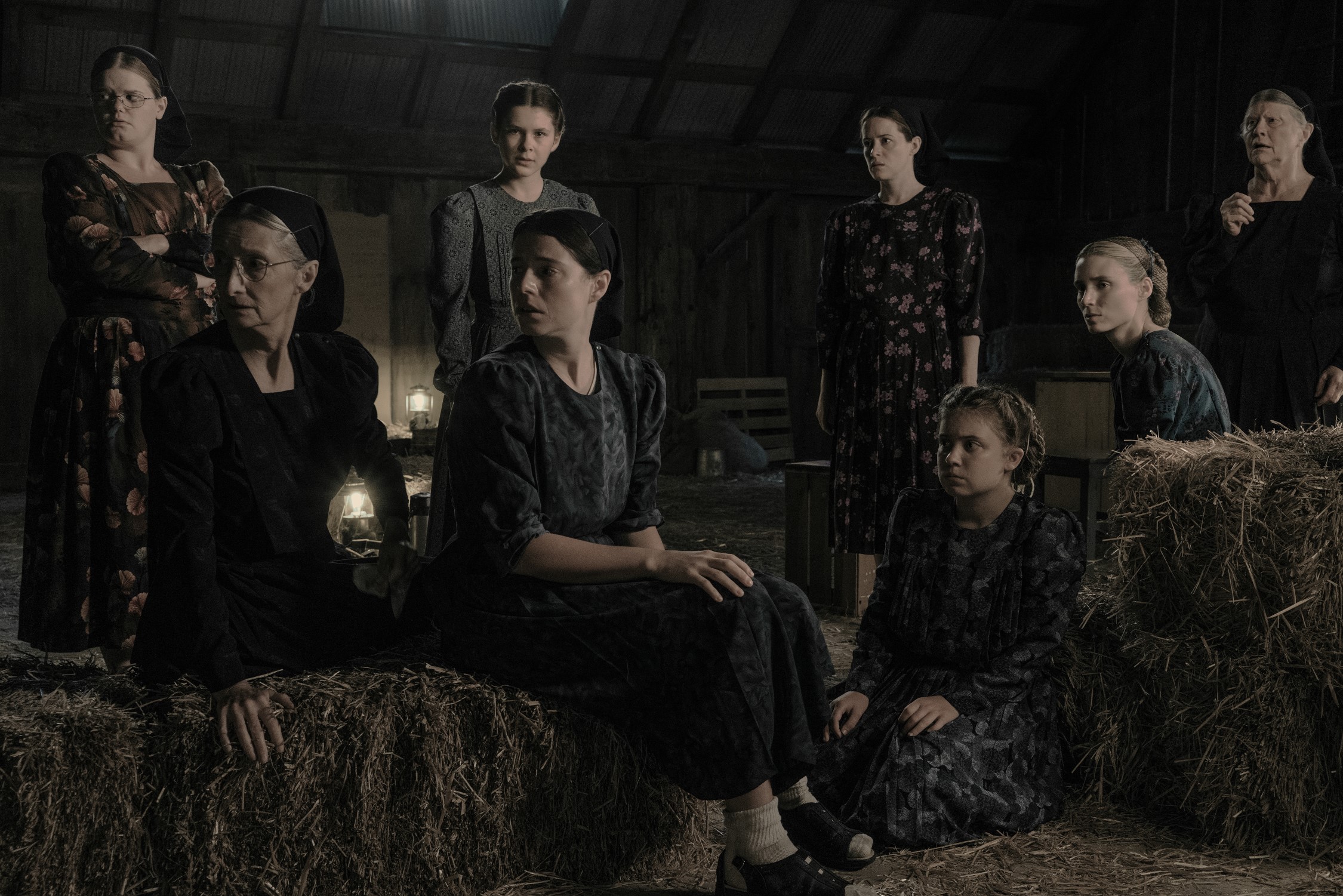
‘Driven’ is an Edgy Memoir of Cars, Crises and Coming of Age
Melissa Stephenson’s new book exploits the bread and butter of memoir — parsing childhood experiences and complicated family dynamics — but also explores more experimental terrain.
Above: Stephenson's brother drove a 1979 Ford F-150.
In the crowded field of memoir, it’s the elevator pitch that sells copies, and this book certainly has one: a brother’s tragic suicide nestled within a narrative structured around the idiosyncratic vehicles the narrator drives on her journey through grief and self-discovery. But this memoir is neither lurid nor particularly sensational; its redemptive arc is muted, and there is nary a celebrity tidbit (though Lemmy Kilmister of Motörhead does make a brief appearance in epistolary form, something I never thought I’d write).

by Melissa Stephenson
Houghton Mifflin Harcourt
$23; 256 pages
Instead, Melissa Stephenson’s Driven is worth reading for a quality more difficult to portray in dust jacket copy: being in the hands of a real writer and watching the mastery of craft on the page as she condenses and expands the moments of ordinary life into story, casting for insight and meaning. From the opening scene, where we are introduced to our narrator, “a hundred pound white girl with a ballerina’s neck and an arm full of tattoos,” as she drives her dead brother’s ’79 Ford F-150 with Confederate flag plates and a broken, continuously honking horn along I-35 in 110 degree heat, crossing “into the far right lane so I can pull over before I get my ass kicked,” it’s clear we’re in the hands of a professional.
Stephenson, who earned her MFA at Texas State and explores her time living in San Marcos in the book, sets a scene so we feel like we’re inside her skin. “Perhaps because I was born in October,” she writes, “because I am part old lady, because I adore bitter beer and fine yarn, I feel most at home in the fall. … The trick is to lean into this ending, meet it with awe instead of fear, to accept that the cold and isolation of deep snow and small spaces waits around the bend.” With emotional restraint, she weaves physical and mental landscapes together until they become greater than their parts, like at the Athens, Georgia, trailer where her brother Matthew has just shot himself in the head with a Glock: “I can’t stop making a mental list of the sheriff’s words choices: Nice, clean, good, and done.”
The narrative eschews strict chronology, but we never feel adrift, because the book follows the internal logic of a reminiscent narrator piecing together what may have propelled her and her brother toward such different fates. Stephenson exploits the bread and butter of memoir — parsing childhood experiences and complicated family dynamics — but Driven also explores edgier, more experimental terrain. Sections between chapters attempt to capture Matthew’s mindset on the day of his suicide. Later in the book, Stephenson intersperses italicized snippets of various alternate futures within the chapters (“Consider this: Your brother didn’t die, because you woke up in a hotel room in Colorado six days prior, drove cross-country in record time, and tethered him to the earth with your bone-thin arms.”). She captures all the ways the mind can’t help asking: what if?
“On the road, I was no one’s daughter, no one’s student, no one’s little sister.”
There are occasional missteps, mostly in tenor, such as a tendency to downplay privilege — yes, my parents bought me a car, but it was secondhand or, yes, I went to boarding school at Interlochen, but on scholarship. Stephenson also repeatedly emphasizes her desire to escape small-town Indiana, “something that held for me a potentially lethal dose of monotony,” as if this isn’t the longing of teenagers in small towns all over America.
At times the vehicle motif strains (“…the beginning of a story about all the ways the wheels come off”). Overall, however, the cars and trucks and vans that carry Stephenson through her coming-of-age serve the narrative in a number of ways, in addition to the wonderful automotive arcana. They’re physical spaces for important events — the solidifying of her sibling relationship with Matthew as they play slugbug in the backseat during family vacations — and containers for difficult emotional realities: “I want the truck to feel like a sacred place where my brother’s ghost rides shotgun. It drives instead like a speeding corpse, a boat ride to Hades — the truck version of Stephen King’s Christine.” These vehicles also play a part in Stephenson’s move toward independence and self-reliance during her years in Texas: “On the road, I was no one’s daughter, no one’s student, no one’s little sister…”
Though there’s an odd disconnect between how her brother is portrayed in scene (taciturn, difficult, sometimes even mean) and how Stephenson describes him (charming, magnetic and surrounded by friends), it’s clear that she is the Nick to his Gatsby. Until his death, “he played muse, bringing me stories from a world I could not inhabit, and I would write them.” Both the irony, and the beauty, of this book is that it isn’t so much a story about her brother at all. This story is hers.


